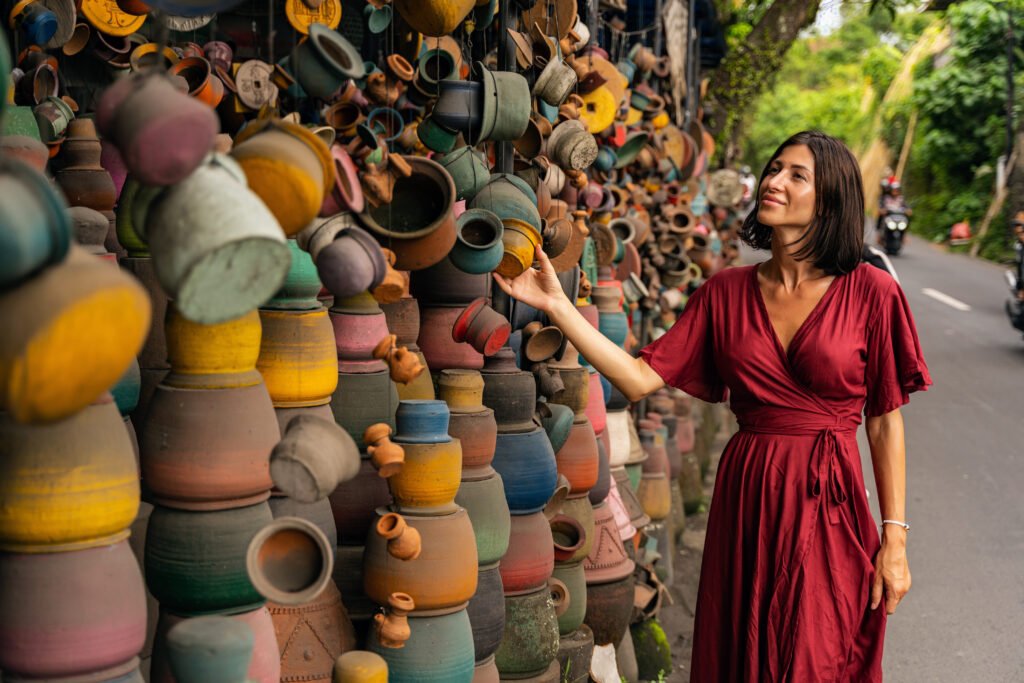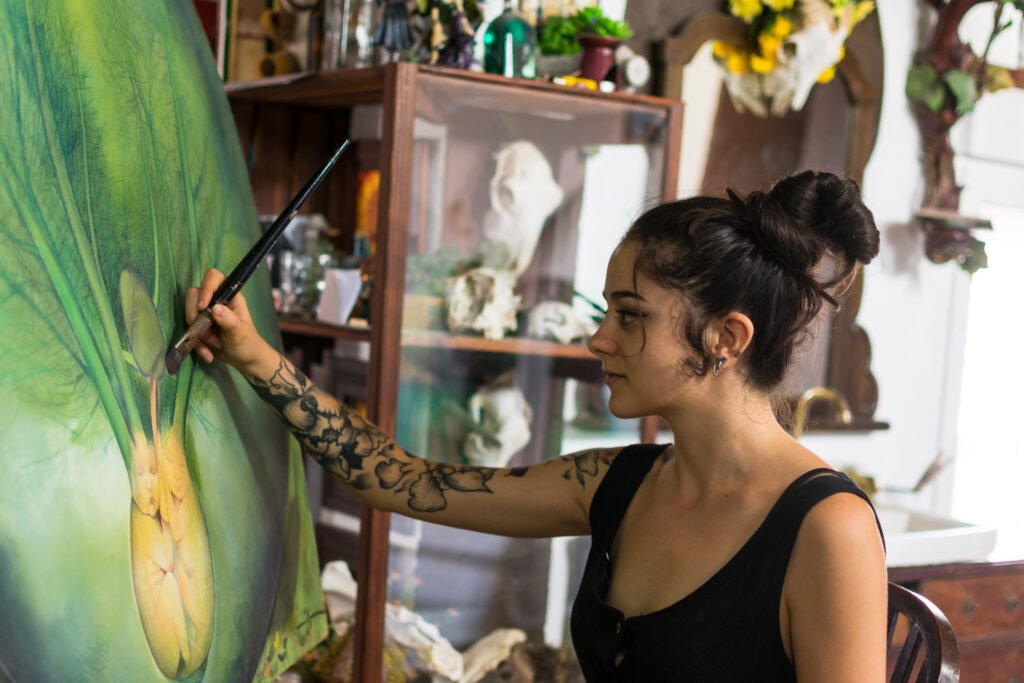Contemporary art in Brazil holds a prominent position on the international stage, recognized both for its originality and its ability to engage deeply with urgent social issues. Brazilian artists have created works exploring themes such as inequality, memory, territory, identity, and violence with innovation and profound insight. This body of work reveals a powerful, pluralistic Brazilian art scene, closely connected to the most relevant debates in 21st-century art.
Despite this creative richness, there remains a clear mismatch between the vitality of artistic production and the institutional support available. Museums with precarious infrastructure, unstable cultural policies, lack of public funding, and limited exhibition spaces pose significant challenges for artists and curators across the country.
Yet art persists. Often, this resistance transforms into aesthetic and critical strength, making Brazil a fertile ground for artistic experiments marked by urgency and reinvention.
Institutional Challenges: Fragile Structures and Unstable Policies
Brazil still struggles with structural weaknesses in institutions dedicated to contemporary art. Many museums and cultural centers suffer from reduced budgets, poorly preserved collections, and difficulties mounting large-scale exhibitions. Frequent leadership turnover, political interference, and the absence of consistent cultural policies undermine project continuity and hinder public access to art.
Moreover, support for artistic production relies heavily on public calls for proposals and incentive laws. These are not always accessible to everyone.
This dependency creates an unstable environment. Artists must constantly balance creation with the search for funding.
In this context, Brazilian art often develops on the margins of major institutions. It finds support in independent collectives, self-managed spaces, and digital platforms.

Geographical concentration also poses a barrier. Most cultural infrastructure is located in the Southeast and South regions. This leaves other areas of the country with limited access to contemporary art. It contributes to the invisibility of artists from the North, Northeast, and Center-West regions.
Their works often bring vital perspectives and experiences essential to understanding Brazil’s cultural diversity.
Despite these obstacles, the presence of contemporary art in Brazil grows stronger thanks to the efforts of artists, curators, educators, and producers who work with creativity and commitment. They find alternative ways to exhibit, promote, and share their work even under adverse circumstances. Through this, art asserts itself as a practice of resistance and transformation.
Creative Power: Diversity, Experimentation, and Social Engagement
Despite the many challenges, Brazilian contemporary art stands out for its linguistic diversity and the conceptual strength of its works. Artists such as Ernesto Neto, Rosana Paulino, Adriana Varejão, Paulo Nazareth, Berna Reale, and Aline Motta have gained recognition nationally and internationally, exploring themes like ancestry, the body, spirituality, colonialism, and racism with depth and sensitivity.
These artists are part of a scene that values experimentation and breaks traditional boundaries between media. Painting blends with installation, video merges with performance, and text becomes part of the artistic gesture. 21st-century art in Brazil is characterized by a radical openness to mixing, hybridity, and reinterpretation of local and global references.
Additionally, many Brazilian artists maintain strong engagement with social realities. Their works do not merely denounce injustice but propose new ways to think about community, memory, and coexistence. This political dimension is not merely propagandistic; it arises from lived experience, attentive listening, and involvement with the territories where these works are born. Thus, Brazilian contemporary art positions itself as an active agent in public debate.
Another important aspect is the role of digital networks and virtual platforms in expanding the reach of these productions. Online exhibitions, social media profiles, and remote artist residencies have allowed many creators to continue producing and dialoguing with audiences, even during periods of isolation or funding cuts. This appropriation of technology also demonstrates the Brazilian art scene’s capacity for adaptation.
For all these reasons, contemporary art in Brazil cannot be defined solely by its challenges. It must be recognized primarily for its creative power, formal boldness, and critical strength. Even without adequate structural support, Brazilian art continues to make an impact, move audiences, and transform the way we see and feel the world.



